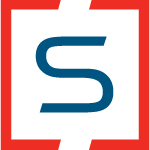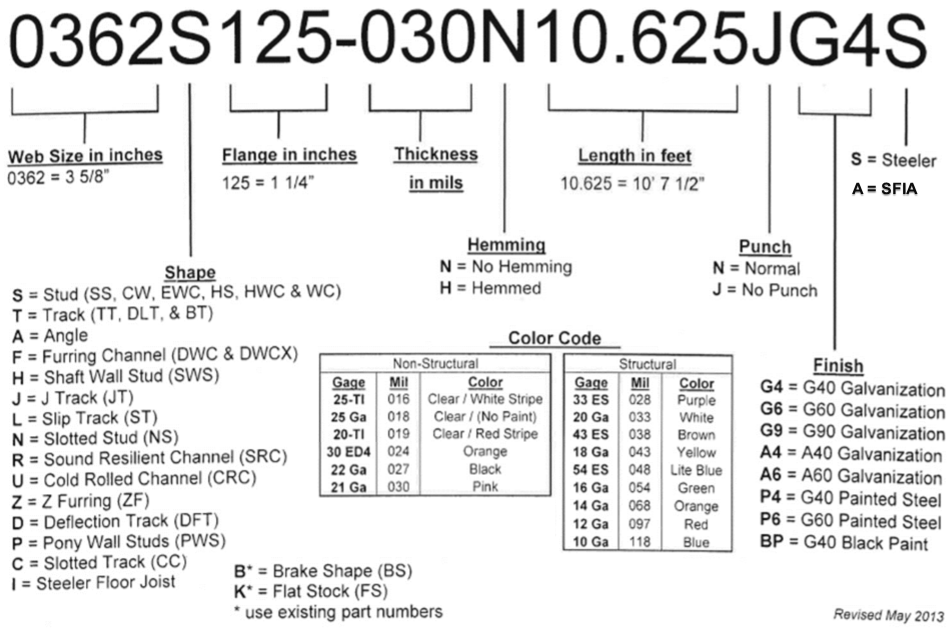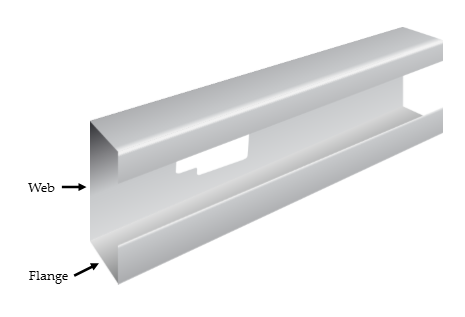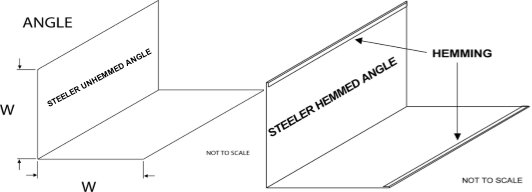Jun 23

Breaking Down the Steeler Nomenclature
by Steeler Inc.
What's In A Part Number?
Quite a Lot Actually. We'll Tell You What It All Means

Web vs. Flange
The Web is the first set of digits supplied in our part number. It is a four digit identifier that translates to the width of the stud in inches. In the example provided, a stud with a 3-5/8" web is written as 0362. 03 refers to the 3", while 62 is the unrounded result of 5 divided by 8 (0.625). We have to add a leading zero because it is possible to have a web size 10" or greater.
The Flange is the second grouping of numbers. It is a three digit identifier that signifies how wide the flange is (see diagram above). In this example, a stud with a 1-1/4" flange is written as 125, with 1 referring to the 1" and 25 being the result of 1 divided by 4 (0.25).

Shape
The letter in between the web and flange dimensions is the shape of the part. The following designations will tell you what part you will ask for/expect to receive:
|
|
|
Thickness in Mils
The three numbers after the dash (-) will identify the thickness of the steel in thousands of an inch. The example given is -030, meaning it is 20 gauge 30 mil steel. *Note* For our ELITE Steel Framing System, the three digit thickness identifier will be written in terms of which traditional thickness is being replicated. So, our 25 gauge equivalent would read -25T in the mil thickness portion of the part number.
Hemming
After the mil thickness will be either an "N" or an "H". N means there is no hemming on the part, while H indicates that a hemming will be included. Because it requires an extra step in the manufacturing process, hemmed products will cost slightly more but offer enhanced safety on the job site.

Length In Feet
After the hemming letter will be two numbers followed by a period (decimal) followed by three more numbers. This is the length each part will be cut to. You may have to break the calculator out to determine the digits after the decimal, but as we did with the web/flange, there is no rounding. In the example given, the stud is 10', 7-1/2". The 10 in the part number is derived from 10', while 625 is the result of 7-1/2" divided by 12" (0.625). Please see our Foot & Inch Conversion Sheet for a quick, calculation-free conversion from inches to feet.
Punch & Finish
This is a straightforward yes or no distinction. "N" means Normal and will mean punched parts; "J" indicates that no punches will be made.
Finish refers to the type of coating on your steel framing product. Depending on the thickness of the steel, G40 and G60 are our two standard coatings. These galvanized ("G") coatings protect the steel member against rust formation; the higher the number the thicker the coating. It is rare for us to see requests for thicknesses outside of the G40, G60, G90 series, but feel free to ask if your project requires specialized finishes.
S for Steeler, A for SFIA
The last letter designates between "best" and "even better than that". Most of our products will be marked with "S" for Steeler, which means those members are thoroughly tested and that they comply with ICC and ASTM requirements. Some jobs will ask for SFIA and other higher organizational-level standards to be met, which will be marked with an "A".
Questions? Just ask!
This guide is a crash-course to part number nomenclature. You will see similar systems across our industry, as there are standards to which the Steeler part numbering system have to meet. If you are still lost or have any questions about our numbering system, please Contact Us; we're more than happy to help!





